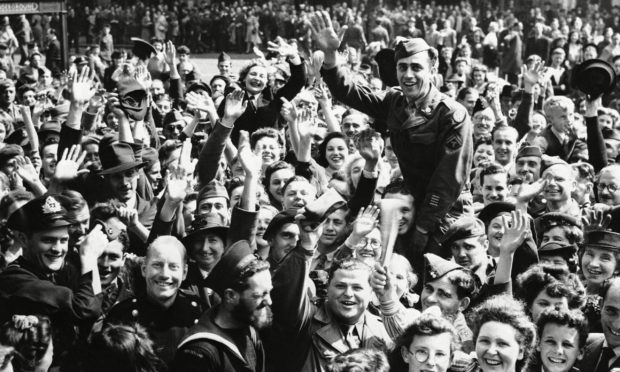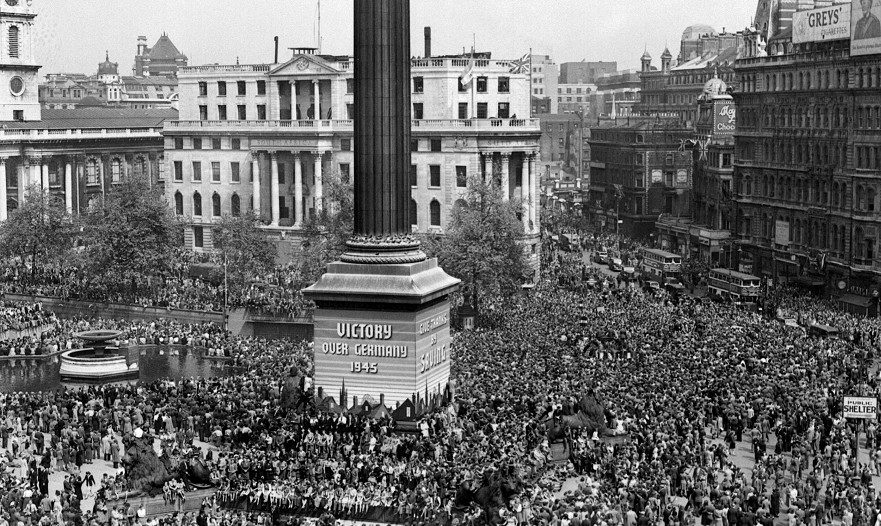Nicola Sturgeon evoked the wartime generation who created the National Health Service when she unveiled her legislative agenda.
Her reference to the 75th anniversary of VJ Day was a way of saying that the Covid-19 outbreak is a moment in history that requires the sort of radical reform that characterised the birth of a health system free to all at the point of delivery.
So it was that Ms Sturgeon announced plans for a National Care Service to rethink how the country looks after its most vulnerable.
“One of the many impressive things about that Second World War generation is the way in which – even in desperate times – they resolved to build a better world,” said Ms Sturgeon.
“They created institutions – from our National Health Service to the United Nations – which have stood the test of time and serve us to this day.”
Today’s crisis, she acknowledged, was different and “in many ways less extreme”. Nevertheless, it was “without doubt the biggest challenge our generation has faced”.
During the pandemic there have been nearly 2,000 Scottish deaths in care homes and major controversy over the Scottish Government’s drive to use them to house discharged hospital patients – a role that has been linked to their tragic mortality rate.
Given the lofty rhetoric, it would be tempting to think that the creation of a National Care Service in a radical attempt to overhaul the system might have been the main talking point of Ms Sturgeon’s Programme for Government for 2020/21; or perhaps some of the other measures such as the job training fund, the coronavirus proximity app or plans to improve the environment might have provoked some illuminating debate.
But it is a sign of the constitutional obsession, which grips Scottish politics, that they were almost drowned out by her announcement that her government will publish draft legislation for a new independence referendum – including the question and timescale of the vote – before the end of this parliament.
“Before the end of this Parliament we will publish a draft bill setting out the proposed terms and timing of an independence referendum”
First Minister Nicola Sturgeon says "we will make the case for Scotland to become an independent country”https://t.co/PzrPOZYw5g pic.twitter.com/raRy5qWhTx
— BBC Politics (@BBCPolitics) September 1, 2020
Despite the new bill not answering any of the questions about whether a referendum will actually be held given the UK Government’s opposition, it got the biggest cheer of the afternoon at Holyrood from the SNP benches.
It’s clear from the reaction on the SNP benches at Holyrood to @NicolaSturgeon #PFG speech that the only issue they really care about is another independence referendum 🙄
— Murdo Fraser (@murdo_fraser) September 1, 2020
Her pledge to fight next year’s Scottish election on the case for independence, as Ruth Davidson said, put indyref2 “front and centre”, while other opposition politicians claimed focus on a referendum distracted from the challenges facing the country.
Scotland may be in the midst of a pandemic, but when it comes to politics some things never change.

